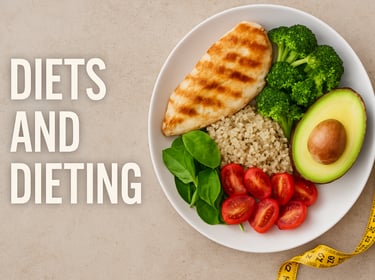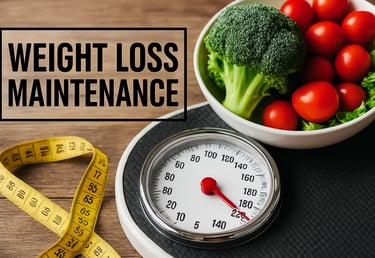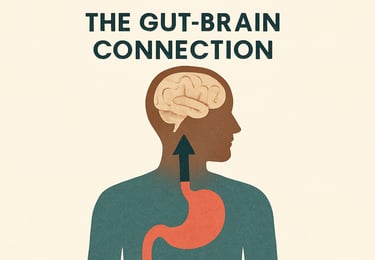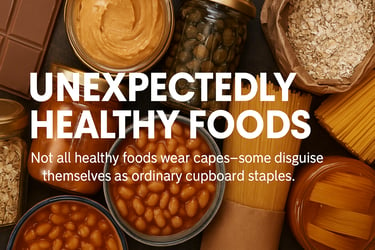Storysmith | • True Stories AND Creative Inspiration | Follow Me


Health and Wellbeing


🥃 The Surprising Benefits of Drinking Whisky — And Why I Don’t Feel Guilty Writing This with AI
By Stuart (Former notebook scribbler, current AI wrangler)
I was rummaging through one of my old notebooks the other day — a battered relic from my days as a journalist, where stories were researched in dusty libraries, and “cut and paste” meant scissors and wax. Yes we used wax to stick the images to the layout boards. Between ideas for feature pieces and a doodle of a very questionable-looking sheep, I found it:
“The Surprising Benefits of Drinking Whisky” — written in longhand, with scribbles, footnotes, and underlined facts. It had taken me ages to pull together. Click here for More
Diets and Dieting
From fad fixes to timeless traditions, we take a look at what really works—and what doesn’t—when it comes to losing weight and feeling great.
Whether you're keto-curious, plant-powered, or just trying to cut back on biscuits, (or you can't get Ozempic), this is your no-nonsense guide to navigating the world of diets with clarity, and balance, click here for more




The Pros and Cons of Vaping – What You Need to Know Before You Puff
Is vaping a safer alternative to smoking, or just a new habit wrapped in sweet flavours and slick marketing? From health claims to hidden risks, we break down the truths and myths behind the vape cloud. Whether you're thinking of switching, quitting, or just curious, this guide could surprise you..........Click here for more


What if the simplest step you took today could change your entire life?
Walking isn't just about getting from A to B — it's a powerful, underrated force for boosting mental clarity, physical health, and emotional well-being. Whether it's a brisk march through the park or a quiet wander through your thoughts, walking can rewire your brain, lift your mood, and maybe even add years to your life.
Discover why putting one foot in front of the other might be the best decision you make today. Click here


You lost the weight—now what?
Keeping it off can be even harder than shedding it in the first place. Discover the science, psychology, and simple daily habits that separate long-term success from the yo-yo trap. This isn't about dieting — it's about mastering the art of staying fit for life. Click here for more


Think with your gut?
You might be doing it already. New science shows your belly and brain are in constant conversation — and it’s changing everything we thought we knew about mood, memory, and even mental health. Click here for more


Unexpected foods that are good for you
Hidden in your cupboards are everyday foods doing your health a world of good – oats, nuts, beans, even a splash of old-fashioned evaporated milk. These unsung heroes might just surprise you with their quiet power. Click here




Feeling like your belly’s grown its own postcode? You’re not alone — and you don’t need extreme diets or brutal gym sessions to slim down. In this down-to-earth, honest guide, we explore the real reasons belly fat sticks around — and the practical steps to shift it for good. No gimmicks, no bullet points, just real advice that works.
Ready to trade the belly for a better you? Click here

